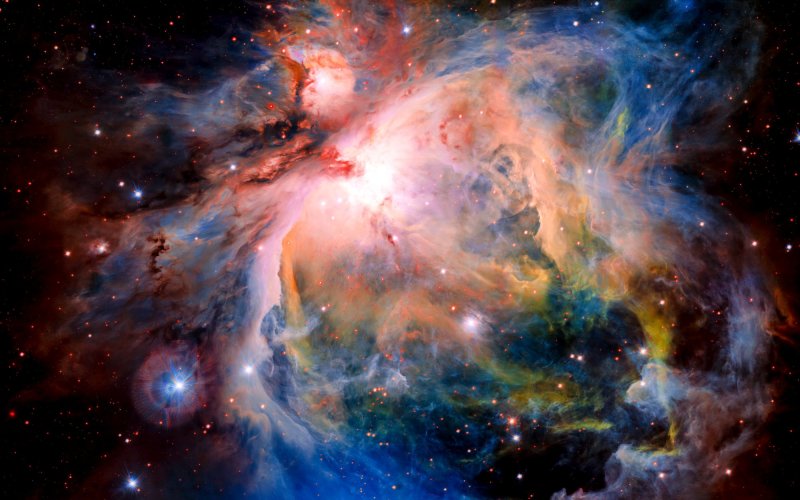At the beginning of every star, there is only a cloud of hydrogen gas, which begins to roll up and shrink due to gravity until suddenly, fusion ignites in it and the hydrogen cloud becomes a real star. How long does such a process take?
From a cosmic point of view, it happens quite quickly, only a few tens of millions of years are enough. A star begins its life as a large ball of hydrogen that has condensed from a hydrogen cloud. In order for fusion reactions to occur, the hydrogen sphere must shrink enough to increase the pressure in its centre sufficiently. This raises the internal temperature above 15 million degrees which is a necessary condition to ignite the fusion reaction. The compression of the hydrogen sphere is done only by its own gravity and only as fast as the nascent star can get rid of its energy. This is lost in the form of light emitted from the surface and due to how much gas has to “settle” here, the whole process takes 10 million years or more. Then sufficient pressures and temperatures are reached in the core of the protostar and fusion is ignited. As the energy from the fusion offsets the loss of energy from the surface, the star's contraction stops.
A new star is born. Or, also, a new natural fusion reactor.
Compared to how long did it take our sun to ignite fusion, the fact that we still don’t have it fully under control after some hundred years of research is quite acceptable.
Want to ask something?
Send us an e-mail with the subject “Physics mysteries” to the address:
We can't wait to tackle your interesting questions!





